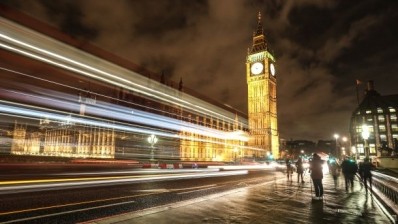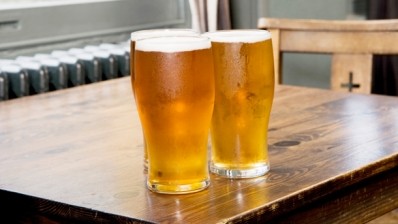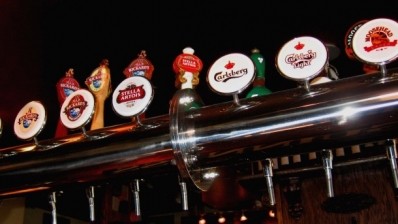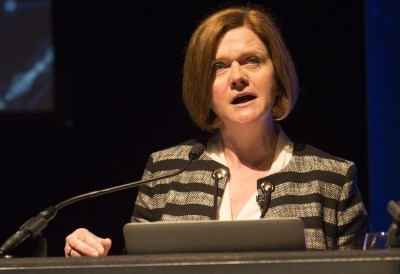Pub operating costs rise above 50% of turnover, ALMR report reveals
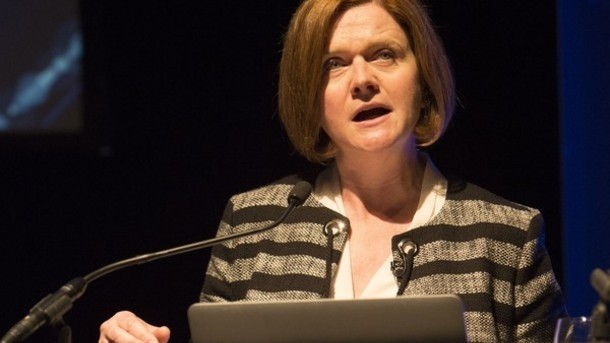
The joint report benchmarks operating costs, market trends and sector performance and revealed that average overheads associated with running a licensed premises increased 2.2 percentage points (ppts) in 2016 and now stand at 51.5% for the first time in the survey’s 11 year history.
Payroll remains the “single most significant” cost for operators, rising to 27.9% of costs in 2016. Labour, in addition to entertainment, utility and premises costs, has helped push operating costs over the 50% mark.
Nicholls said: “[These] operating costs could threaten investment, job creation and investment into our communities."
Political instability
For the first time the report included an operator confidence survey. It showed the sector is confident about trading prospects for 2017 in both anticipated like-for-like turnover growth and profitability.
However, Nicholls said employers are looking closely at the “political instability and uncertainty” caused by Brexit and the possibility of significant cost increases, as wages rise and rates relief payments expire.
“There is a risk that additional costs could hit at a time of great instability hitting eating and drinking out businesses that are crucial to the UK economy and have helped restore prosperity to our town and city centres,” she said.
“However, the continuing growth of accommodation in the eating and drinking out market, and the welcome revitalisation of nightclubs, highlights the innovation and dynamism on show in our sector.”
Head just above the water
This year licensed accommodation continued the success of previous years with outlets recording the highest like-for-like growth across all market segments at 5.1%.
However, growth fell “dramatically” in 2016, with like-for-like growth keeping its head “just above the water” of inflation, said Nicholls, with food-led growth also falling to 0.7%.
Nicholls said: “Venues are responding to challenges by adapting and providing customers with new and exciting experiences.
“It should be remembered though, that this growth could be undermined if the Government does not provide adequate support for businesses and fails to bring about the stability and access to labour that employers are going to need.”
Evolution of consumers
Neil Morgan, managing director of Pubs & Restaurants at Christie & Co, said the industry is seeing a “more lean and competitive sector emerging as operators diversity and response to the continuing evolution of the UK consumer landscape”.
“There is clearly confidence in the sector, highlighted by the report’s confidence survey and increasing levels of capital expenditure, however, there are a number of political and economic pressures which could threaten some operators, all exacerbated by the uncertainty surrounding the Brexit negotiations.
"What is clear is that operators must prepare for both the challenges and opportunities; therefore the need for effective business planning is more essential than ever if operators are to not merely weather the storm but seek to thrive in the long term.”
The survey questioned 55 companies, covering a total of 5,604 managed outlets.
